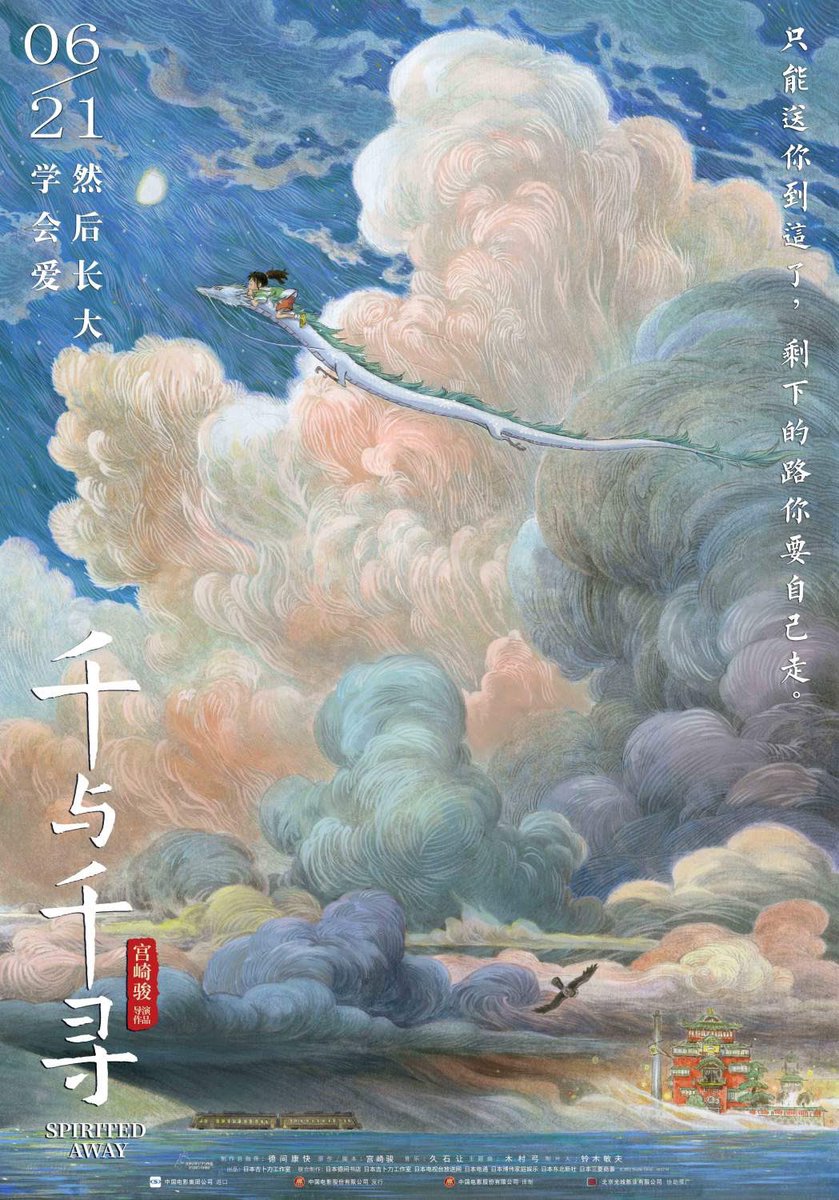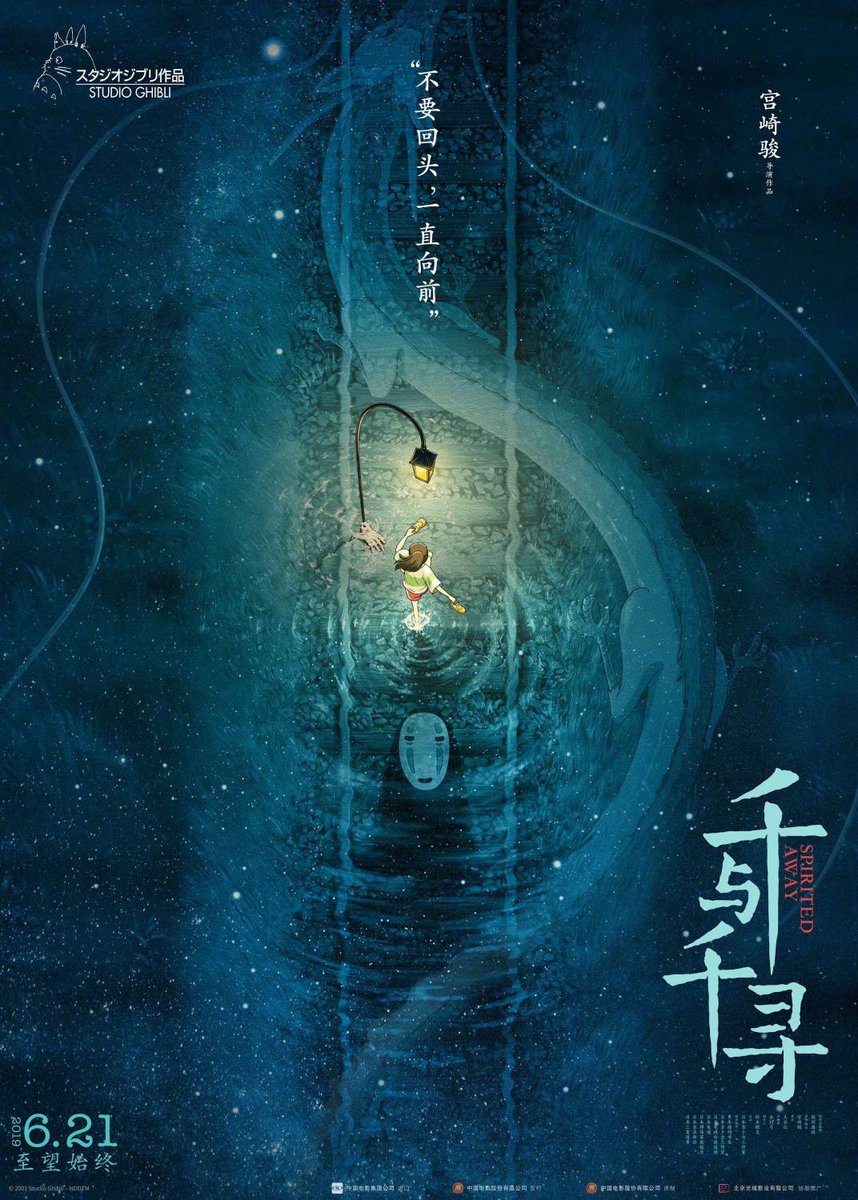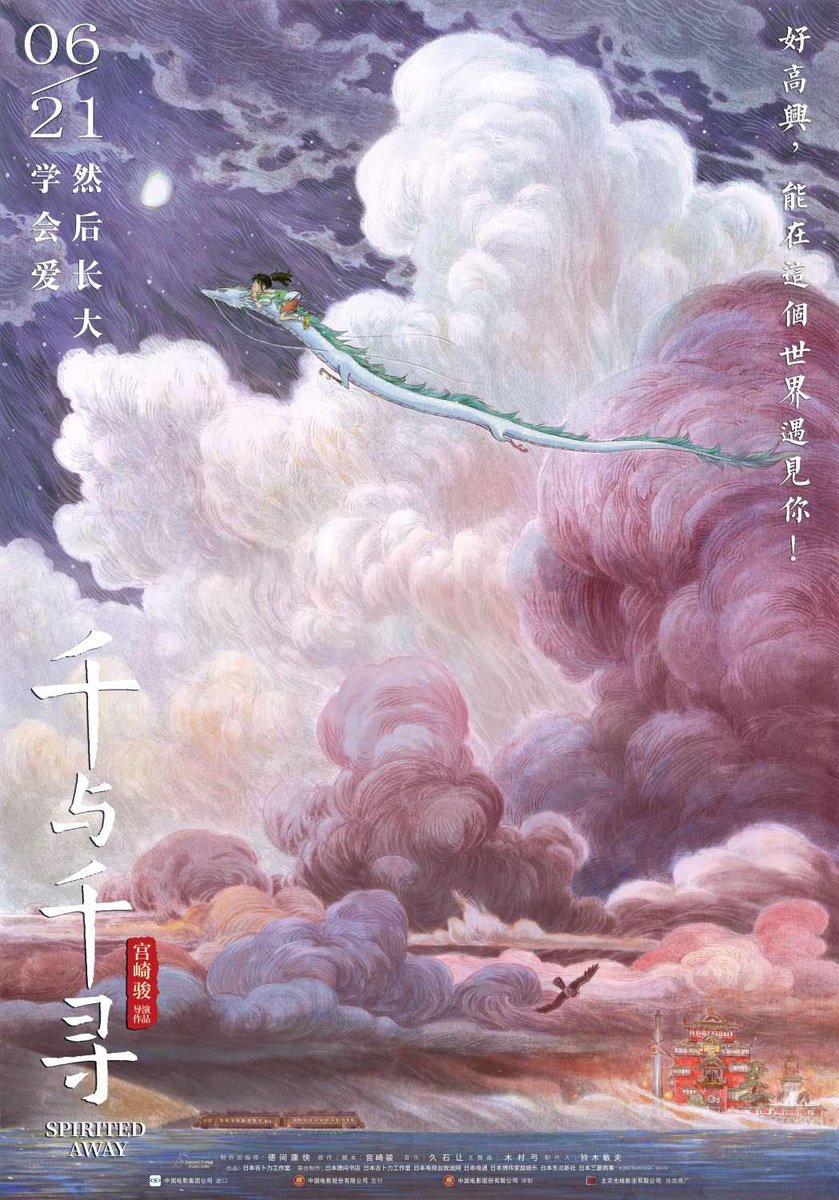Haruki Murakami’s vast international fan base includes people dedicated to literature. It also includes people who have barely cracked any books in their lives — apart, that is, from Murakami’s novels with their distinctive mixture of the lighthearted with the grim and the mundane with the uncanny. Since the publication of his first novel, Hear the Wind Sing, 40 years ago in his native Japan, Murakami has become both a literary phenomenon and an extra-literary phenomenon, and different readers endorse different paths into his unique textual realm.
The TED-Ed video above makes the case for one fan favorite in particular: 2002’s Kafka on the Shore, an “epic literary puzzle filled with time travel, hidden histories, and magical underworlds. Readers delight in discovering how the mind-bending imagery, whimsical characters and eerie coincidences fit together.” So says the video’s narrator, reading from a lesson written by literary scholar Iseult Gillespie (who has also made cases for Charles Dickens, Virginia Woolf, and Ray Bradbury).
Murakami tells this story, and keeps it fresh through more than 500 pages, by alternating between two point-of-view characters: a teenager “desperate to escape his tyrannical father and the family curse he feels doomed to repeat,” who “renames himself Kafka after his favorite author and runs away from home,” and an old man with “a mysterious knack for talking to cats.”
When the latter is commissioned to use his unusual skill to track down a lost pet, “he’s thrown onto a dangerous path that runs parallel to Kafka’s.” Soon, “prophecies come true, portals to different dimensions open up — and fish and leeches begin raining from the sky.” But it’s all of a piece with Murakami’s body of work, with its novels and stories that “often forge fantastic connections between personal experience, supernatural possibilities, and Japanese history.” His “references to Western society and Japanese customs tumble over each other, from literature and fashion to food and ghost stories.”
All of it comes tied together with threads of music: “As the runaway Kafka wanders the streets of a strange city, Led Zeppelin and Prince keep him company,” and he later befriends a librarian who “introduces him to classical music like Schubert.” Safe to say that such references put some distance between Murakami’s work and that of his character Kafka’s favorite writer, to whom Murakami himself has been compared. Kafka on the Shore showcases Murakami’s storytelling sensibility, but is it in any sense Kafkaesque? You’ll have plenty more questions after taking the plunge into Murakami’s reality, but there’s another TED-Ed lesson that might at least help you answer that one.
Related Content:
Read 6 Stories By Haruki Murakami Free Online
What Does “Kafkaesque” Really Mean? A Short Animated Video Explains
Why Should We Read Charles Dickens? A TED-Ed Animation Makes the Case
Why Should We Read Ray Bradbury’s Fahrenheit 451? A New TED-Ed Animation Explains
Why Should We Read Virginia Woolf? A TED-Ed Animation Makes the Case
Based in Seoul, Colin Marshall writes and broadcasts on cities, language, and culture. His projects include the book The Stateless City: a Walk through 21st-Century Los Angeles and the video series The City in Cinema. Follow him on Twitter at @colinmarshall or on Facebook.





